Understanding Trade Mark Applications in Australia: Protecting Your Brand
In today’s competitive business landscape, protecting your brand and distinguishing your goods or services from others is vital. One effective way to achieve this is by registering a trade mark.
A trade mark grants you exclusive rights to use a distinctive sign, such as a logo or word, in connection with your products or services. In this blog, we will explore the process and benefits of trade mark applications in Australia, empowering you to safeguard your brand’s identity.
What Constitutes a Trade Mark?
A trade mark encompasses various signs that can be used to differentiate your goods or services from others in the marketplace. These signs include letters, words, names, signatures, numerals, logos, headings, labels, packaging elements, shapes, colours, sounds, and scents. Registering word marks and logos as separate trade marks maximises your legal protection.
The Advantages of Registration
Once your trade mark is registered, you gain exclusive rights to use it in relation to the goods or services specified in the registration. This Australia-wide monopoly helps prevent others from using a similar mark in the same context. Without registration, merely using a mark as a business, domain, or company name does not grant you the same level of protection.
The Application Process
Applying for a trade mark involves several essential steps:
- Preliminary Searches: Conduct preliminary searches to ensure your trade mark is not identical or highly similar to existing marks.
- Lodging the Application: Submit your application for trade mark registration to IP Australia, the governing body responsible for intellectual property rights in Australia.
- Addressing Objections: Address any objections raised by IP Australia during the examination process. These objections may relate to conflicts with existing marks or other legal requirements.
- Registration Fees: Pay the required registration fees, which are necessary to obtain a certificate of registration.
Classes of Goods and Services
Trade marks are categorised into classes based on the goods and services they represent. You need to select the appropriate class(es) when applying for registration. There are 45 different classes, and it is essential to consider potential future expansions into additional classes for comprehensive protection.
Navigating Potential Challenges
Certain words, such as descriptive terms or common indicators of goods or services, may face challenges during the registration process. It is crucial to ensure your mark is inherently distinctive and not commonly used by other traders. While registration grants significant protection, common law remedies like “passing off” and statutory remedies under the Competition and Consumer Act can help address attempts to mislead the public.
The Examination Process
Following submission of your application, IP Australia typically takes three to four months to examine it. If accepted, your trade mark will be advertised as ‘accepted’ for two months, during which third parties can oppose the registration. Any adverse examination reports can then be addressed within 15 months from the date of issuance.
International Trade Marks
While registration in Australia provides protection within the country, if you desire international coverage, separate applications must be made for each country of interest.
Ownership and Asset Protection
Considering the appropriate entity to own your trade mark is crucial for asset protection strategies. Separating assets from trading entities can help mitigate risk. Intellectual property, including trade marks, can be owned by a separate entity, with licensing arrangements established to facilitate usage.
Maintaining and Renewing Your Trade Mark
After registration, it is important to protect and maintain your trade mark’s exclusivity. This involves taking legal action against unauthorised use, licensing the mark to others, continuously using the mark in trade, and renewing the registration periodically.
Registering a trade mark is a strategic investment in safeguarding your brand’s identity and securing your market position
Contact us today to register what may well be one of your businesses most important assets.
Written by Savannah Rodgers, Solicitor


